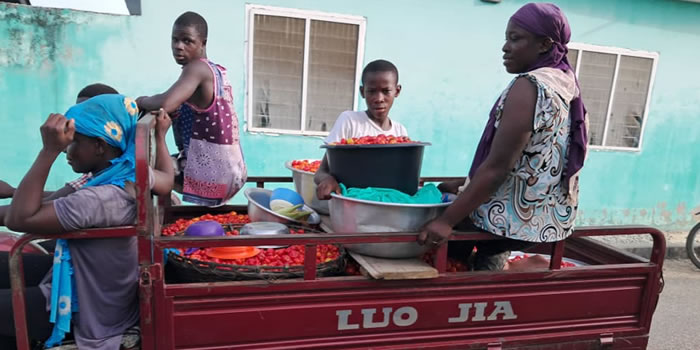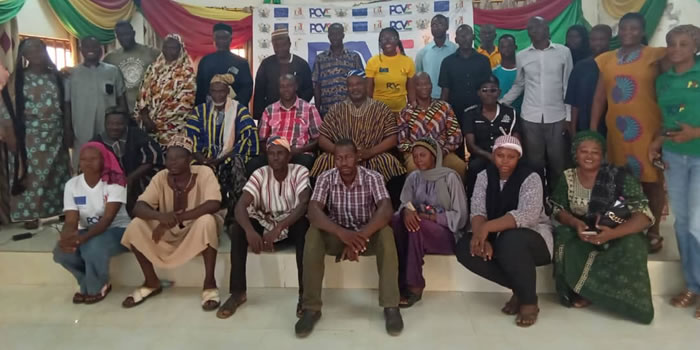

Location and Size
The Kumbungu District was carved out of the then Tolon/Kumbungu District with L. I. 2062 in 2011. It was inaugurated on the 28th June, 2012 with Kumbungu as its capital. The District shares boundaries to the north with Mamprugu/Moagduri District, Tolon and North Gonja Districts to the west, Sagnarigu Municipal to the south and Savelugu Municipal to the east. The District has a total land mass of 1,599sqkm being one of the smallest district in the Northern region.
Physical Features
Climate
In Kumbungu District, the rains begin in May and end in the latter part of October. July to September is the peak period and the district experiences floods during the period. The rest of the year is dry. The average annual rainfall is 1000mm. The temperature is warm, dry and hazy around February to April. It is cool, moist and rainy around May to September. Harmattan is experienced in the period from November to February. The district is generally warm.
Vegetation
The vegetative cover is basically Guinea Savanna interspersed with short drought resistant trees and grassland. The land is generally undulating with a number of scattered depressions. The soil is generally of the sandy loam type except in the low lands where alluvial deposits are found. Major trees species include the sheanut, dawadawa, mango, which are economic trees and form an integral part of livelihood of the people.
Drainage
The District is drained by a number of rivers and streams, most prominent being the White Volta. The major rivers and their tributaries exhibit dendrite drainage patterns. Most of these tributaries dry up during the dry season.
Soils
The soils are generally of the sandy loam type except in the low lands where alluvial deposits are found. Apart from the gentle slopes, the soils are highly vulnerable to sheet erosion and in some areas, gully erosion also occurs. This condition occurs primarily because of the perennial burning of the natural vegetation, leaving the soils exposed to the normally high intensity of the sun. The continuous erosion over many years has removed most of the top soils and depleted or destroyed its organic matter content.
Source: Ghana Statistical Service, GIS
This situation does not allow the soil fauna to thrive and keep the top soil layers open and enable healthy plant roots to develop. It results in serious compaction, with considerable reduction in rainfall infiltration rate.
Date Created : 11/21/2017 5:58:38 AM










 facebook
facebook
 twitter
twitter
 Youtube
Youtube
 +233 593 831 280
+233 593 831 280 0800 430 430
0800 430 430 GPS: GE-231-4383
GPS: GE-231-4383 info@ghanadistricts.com
info@ghanadistricts.com Box GP1044, Accra, Ghana
Box GP1044, Accra, Ghana